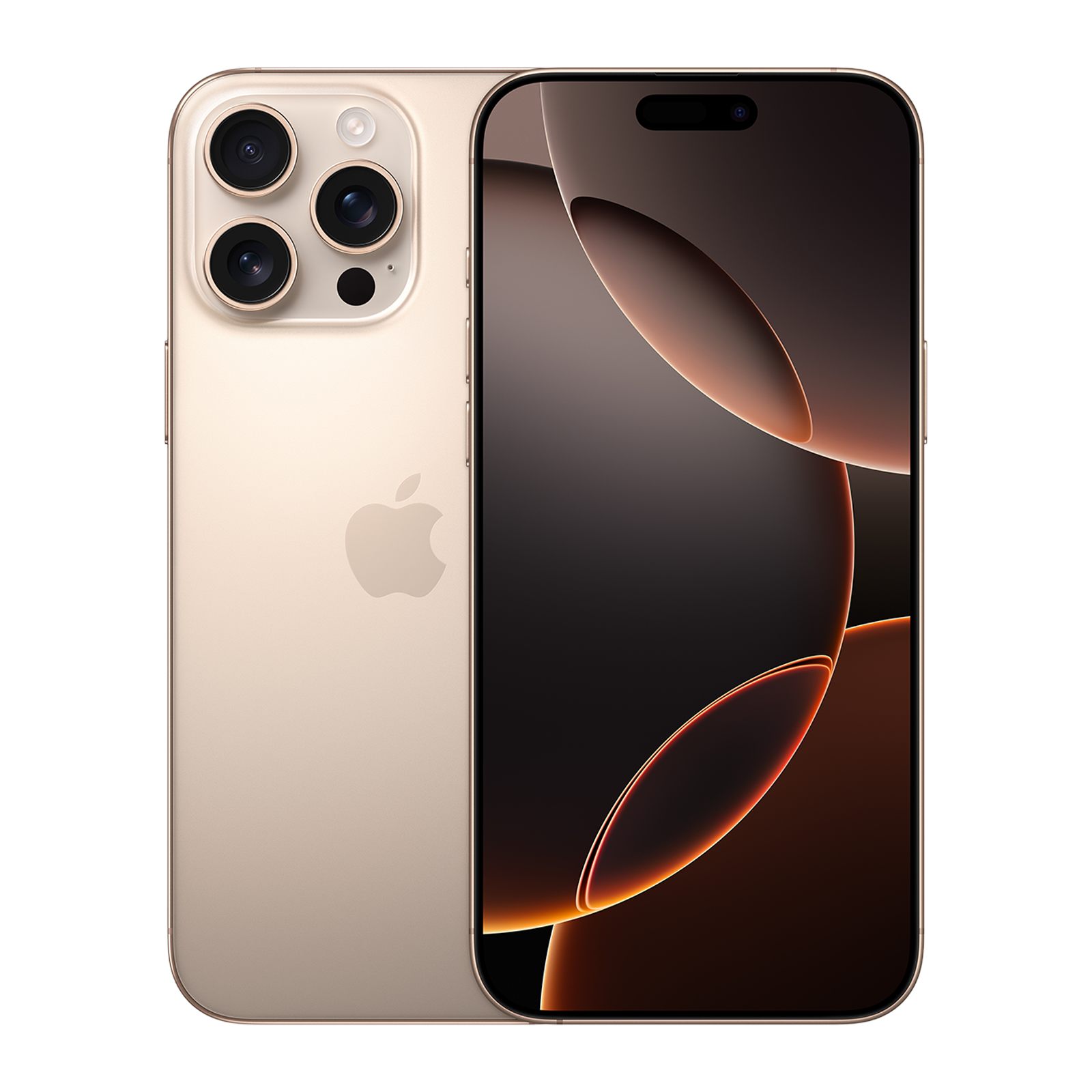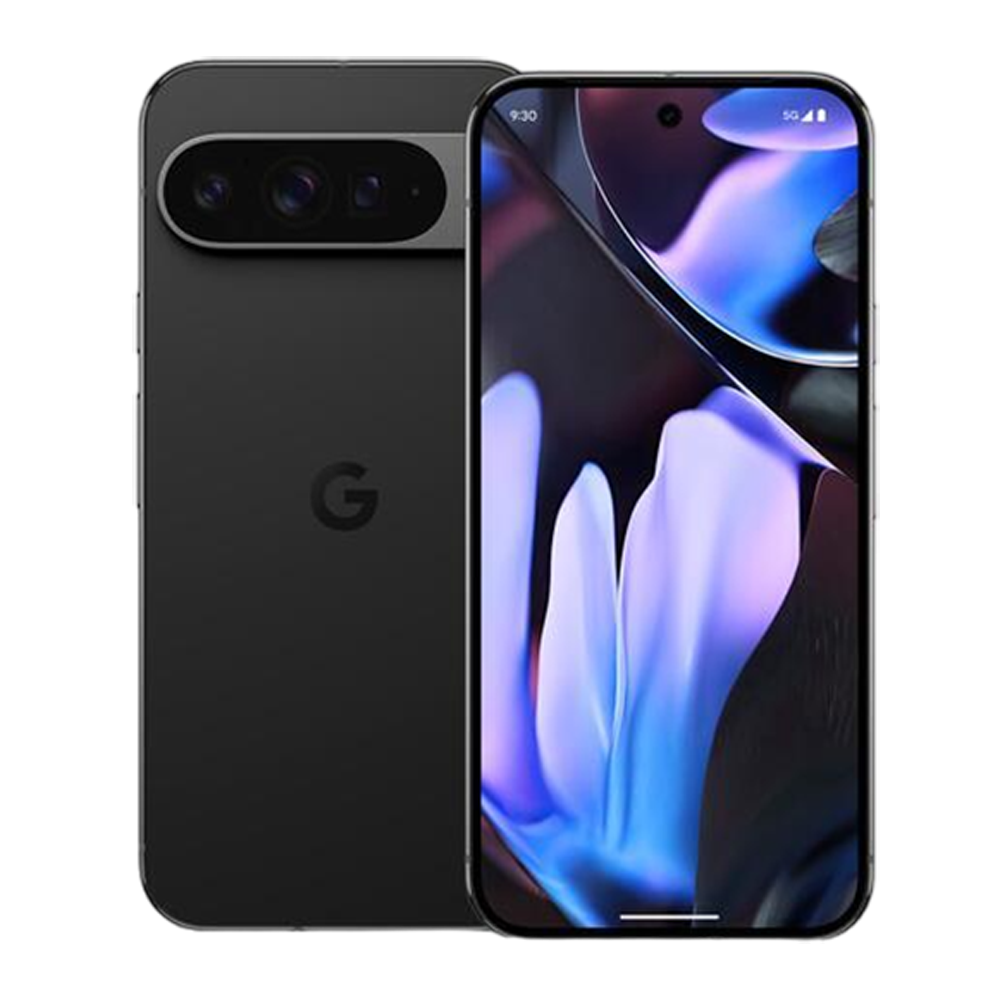Smartphone cameras were initially seen as devices that would make it easier to point and shoot images on the go. However, they have come such a long way that they are now vying to replace DSLRs, and for many people, smartphone cameras are not only the first camera they use but also the only camera at their disposal.
It should thus not come as a surprise that smartphone makers are increasingly packing more features to make their mobile cameras as powerful as a DSLR. If DSLR and mirrorless cameras relied on different photography modes like program mode, shutter priority mode, aperture priority mode, and manual camera mode to bring out the best result, smartphone cameras are playing a balancing act.
Here is a look at various camera phone modes and how to use them.
Camera phone modes: Various modes and how to use each of them
Camera has now become the single major differentiator between a good smartphone and an excellent smartphone. When it comes to phone cameras, they don’t replicate the same modes found on professional cameras. While smartphone cameras are still all about opening the camera app and clicking the photo, they do offer different modes to replicate the big camera experience.
ALSO READ: A guide to using the Camera Assistant app on Samsung Galaxy smartphones
The most common camera phone modes include macro, portrait, night mode, Pro mode, slo-mo, time-lapse, cinematic, and others. To use each camera mode on your mobile device, all you need to do is open the camera app and swipe through different modes or tap on one.
These modes also differ based on your smartphone manufacture. With an iPhone, you are limited to modes like photo, portrait, pano, video, cinematic, slo-mo, and time-lapse. Android phones, on the other hand, offer a Pro mode where you get manual control to adjust settings such as ISO, shutter speed, exposure, and other settings. Here is a look at various modes and how to use each camera mode:
How to use Photo mode
This is the default mode of your camera phone and one that works similarly to a point-and-shoot camera. This is akin to Auto mode on your camera and it works by taking care of all the camera settings with focus and exposure being the ones you can tweak. Here’s how to use the photo mode:
1. Open the camera app on your smartphone.
2. Go to Photo mode.
3. Tap to focus and simply press the shutter button
How to use Portrait mode
Portrait mode on your iPhone or Android phone allows users to create a depth-of-field effect and lets you capture photos with a sharp focus on the subject while the background is blurred. Here’s how to take photos in portrait mode:
1. Open the camera app and swipe to Portrait mode.
2. Follow the tips on your screen.
3. When portrait mode is ready or the subject is within the field of view, you will see Portrait mode is ready.
4. Tap the shutter button to capture the image.
How to use Video mode
With the video mode, you can record videos in different formats. If you have an iPhone, you can switch between cinematic, slow-motion, and time-lapse videos and even enable Action mode to improve video stabilisation. Let’s look at how to use video mode on your camera phone:
1. Open the camera app on your phone.
2. Select Video mode.
3. Tap the record button or press the volume button to start recording.
4. While shooting the video, you can also click the white shutter button to take a still photo, pause the recording or pinch and zoom.
5. Press the record button or volume button again to stop recording.
How to use Manual or Pro mode
With Pro mode, Android smartphone makers are looking to emulate the manual mode on professional cameras. With this mode, you can change settings such as ISO, shutter speed, exposure, white balance, etc. Here’s how to use Pro mode on Android:
1. Open the camera app on your Android phone.
2. Go to Pro mode.
3. Change the settings using the icons for different parameters.
4. Tap the shutter button to capture the image.
How to use Macro mode
Macro mode allows you to get closer to your subject allowing you to capture details not typically visible to the naked eye.
ALSO READ: 5 mobile phones with the best cameras
While macro mode engages automatically on select iPhone models, Android users can experience this mode in one of two ways. Since some Android phones have a dedicated macro camera, your phone’s camera app might have a dedicated macro lens identified by a flower symbol. Here’s how it works:
1. Open the camera app on your phone.
2. Switch to the macro mode if there is an option.
3. Now, try and get as close as your camera can to focus on the subject.
If your phone doesn’t have a dedicated macro camera, you must choose an ultra-wide camera since it will be able to focus significantly closer than the primary camera of your phone.
Best camera mode in Android
While these common modes dominate your primary camera experience, Android phones also come with a dedicated night mode that changes how you take photos in low-light scenarios. With iPhone, the night mode is triggered automatically depending on the light in your environment whereas Android phones allow you to manually enable the option. To use this mode, follow these steps:
1. Open the camera app.
2. Switch to night mode or Night Sight mode.
3. Tap the shutter button.
As smartphones get more lenses and bigger sensors, they are becoming capable of getting closer to far-away subjects and capturing detailed images. The modes like Pro mode will come into their own and will differentiate how you experience the camera on your mobile device going ahead.
Unleash your inner geek with Croma Unboxed
Subscribe now to stay ahead with the latest articles and updates
You are almost there
Enter your details to subscribe

Happiness unboxed!
Thank you for subscribing to our blog.
Disclaimer: This post as well as the layout and design on this website are protected under Indian intellectual property laws, including the Copyright Act, 1957 and the Trade Marks Act, 1999 and is the property of Infiniti Retail Limited (Croma). Using, copying (in full or in part), adapting or altering this post or any other material from Croma’s website is expressly prohibited without prior written permission from Croma. For permission to use the content on the Croma’s website, please connect on contactunboxed@croma.com
- Related articles
- Popular articles



















Karthekayan Iyer
Comments